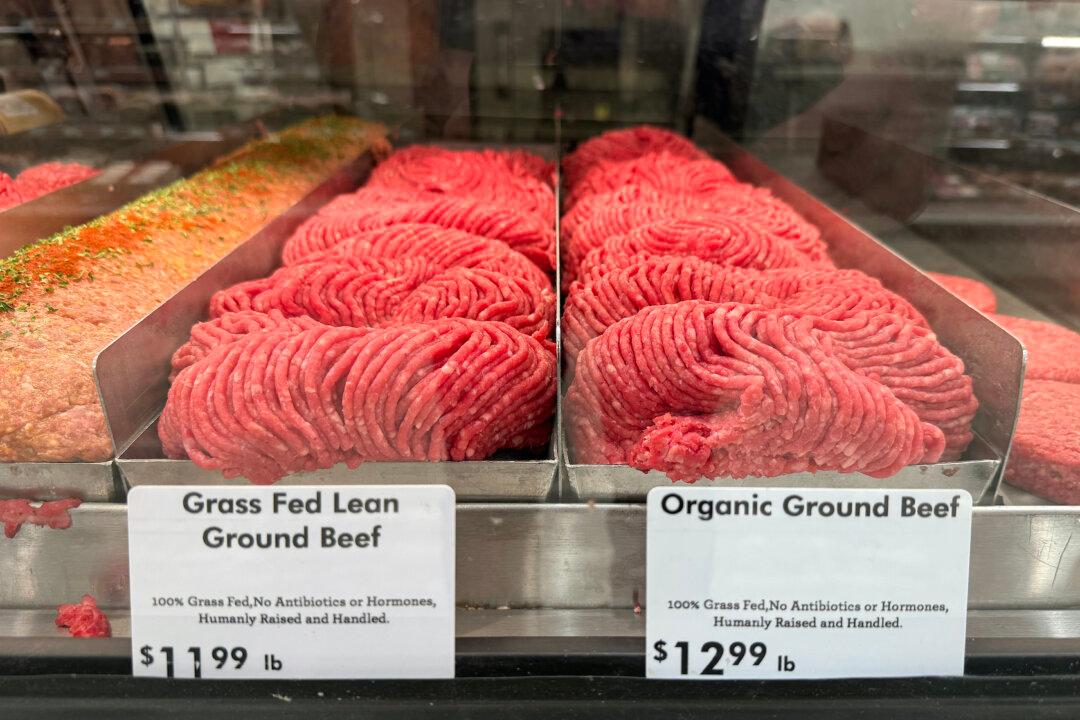According to Meat and Livestock Australia (MLA), the United States was the top export destination for Australian beef in the first three months of 2024.
Australian beef exports to the United States soared as American production fell, and this trend is expected to continue.





